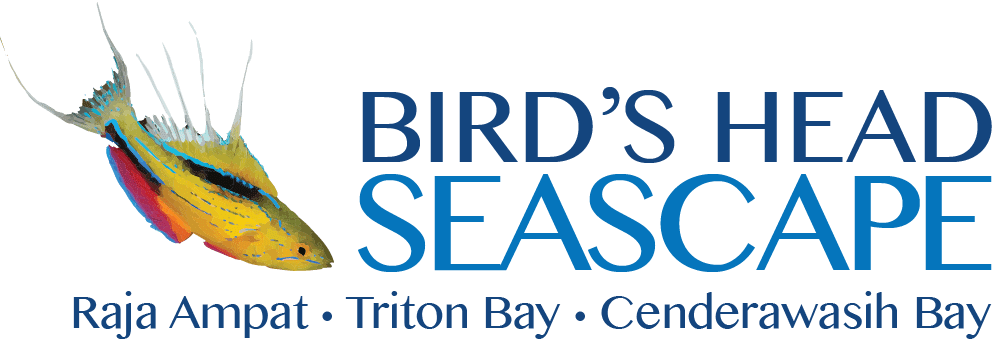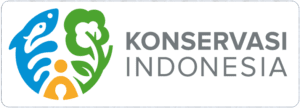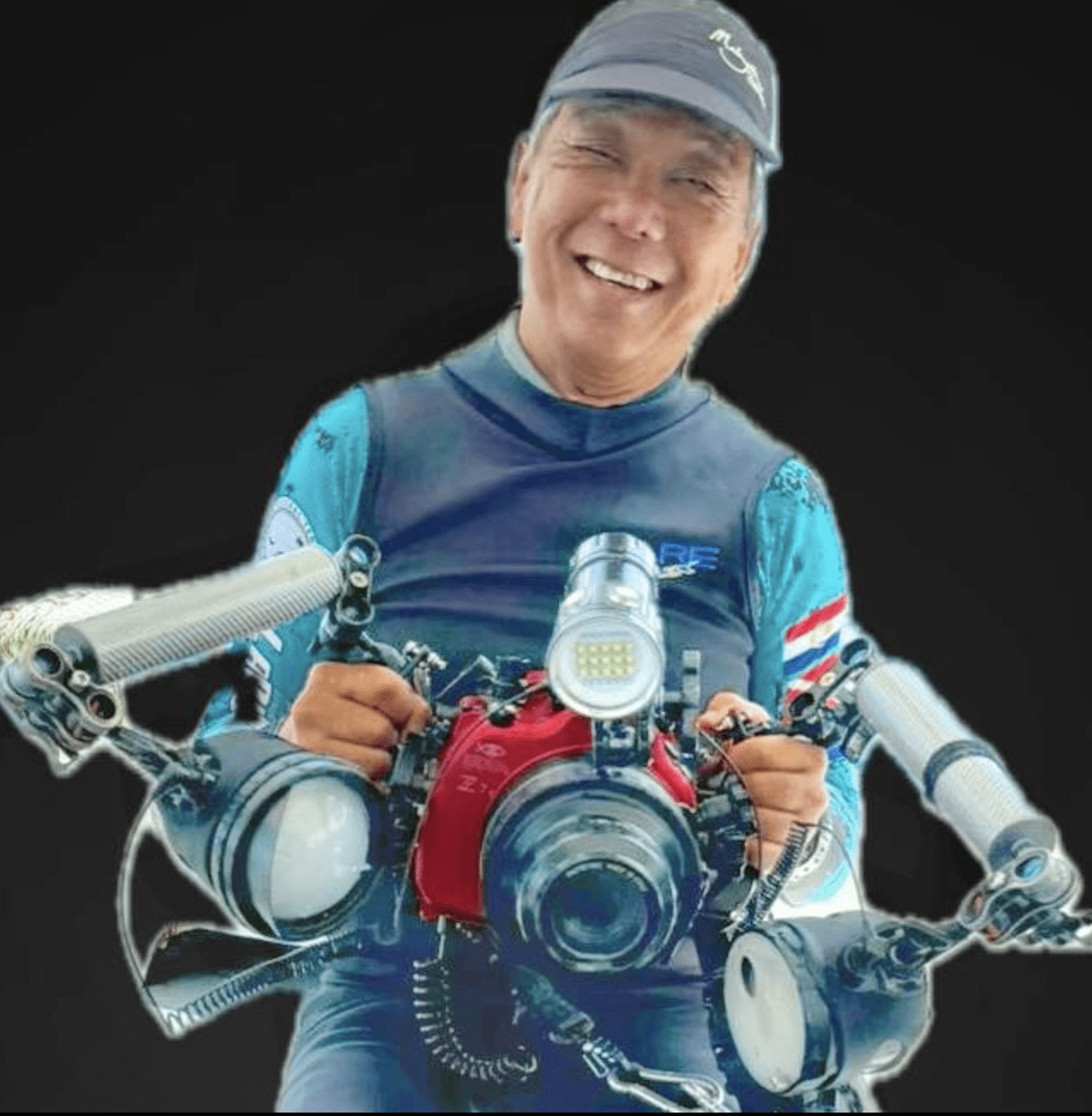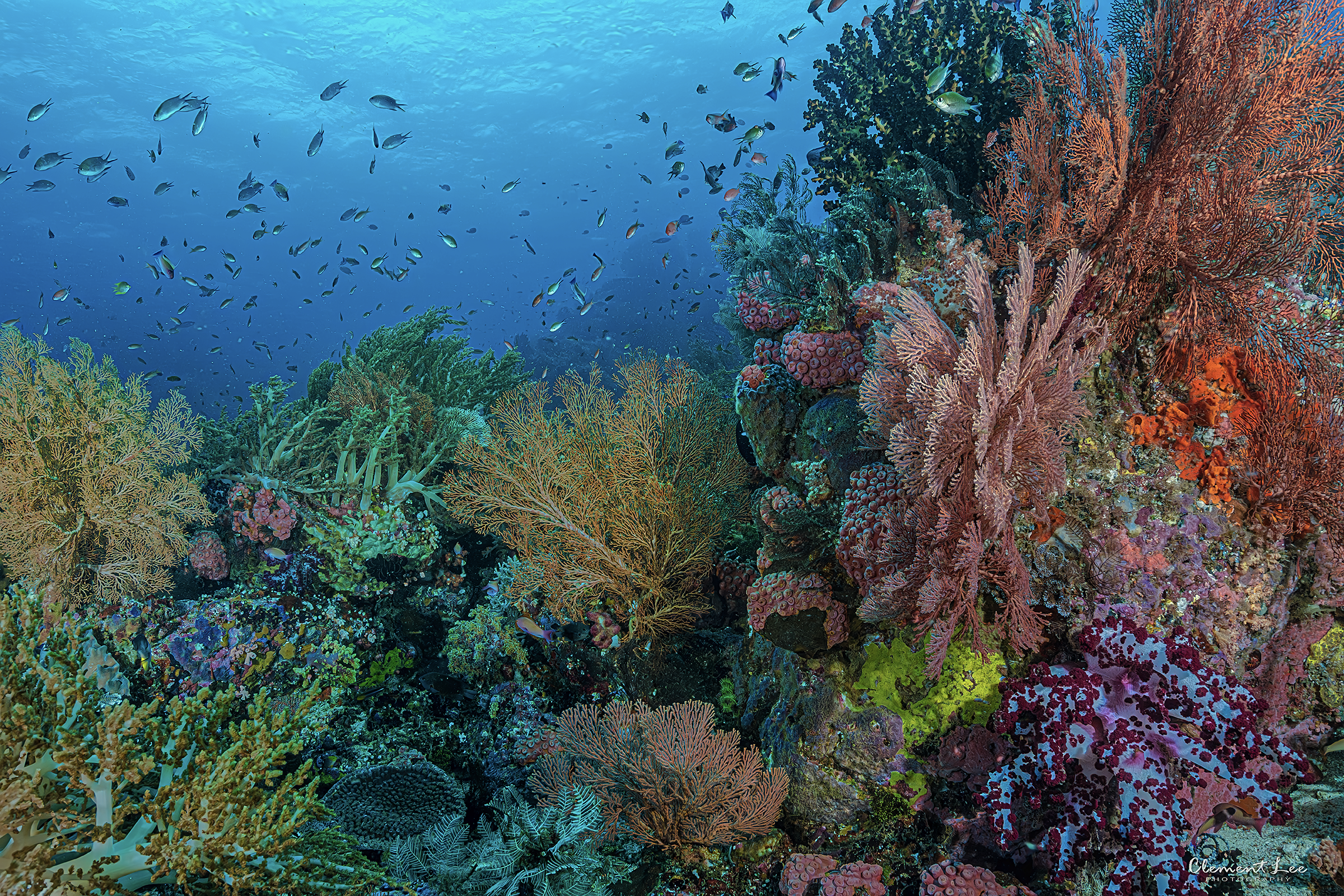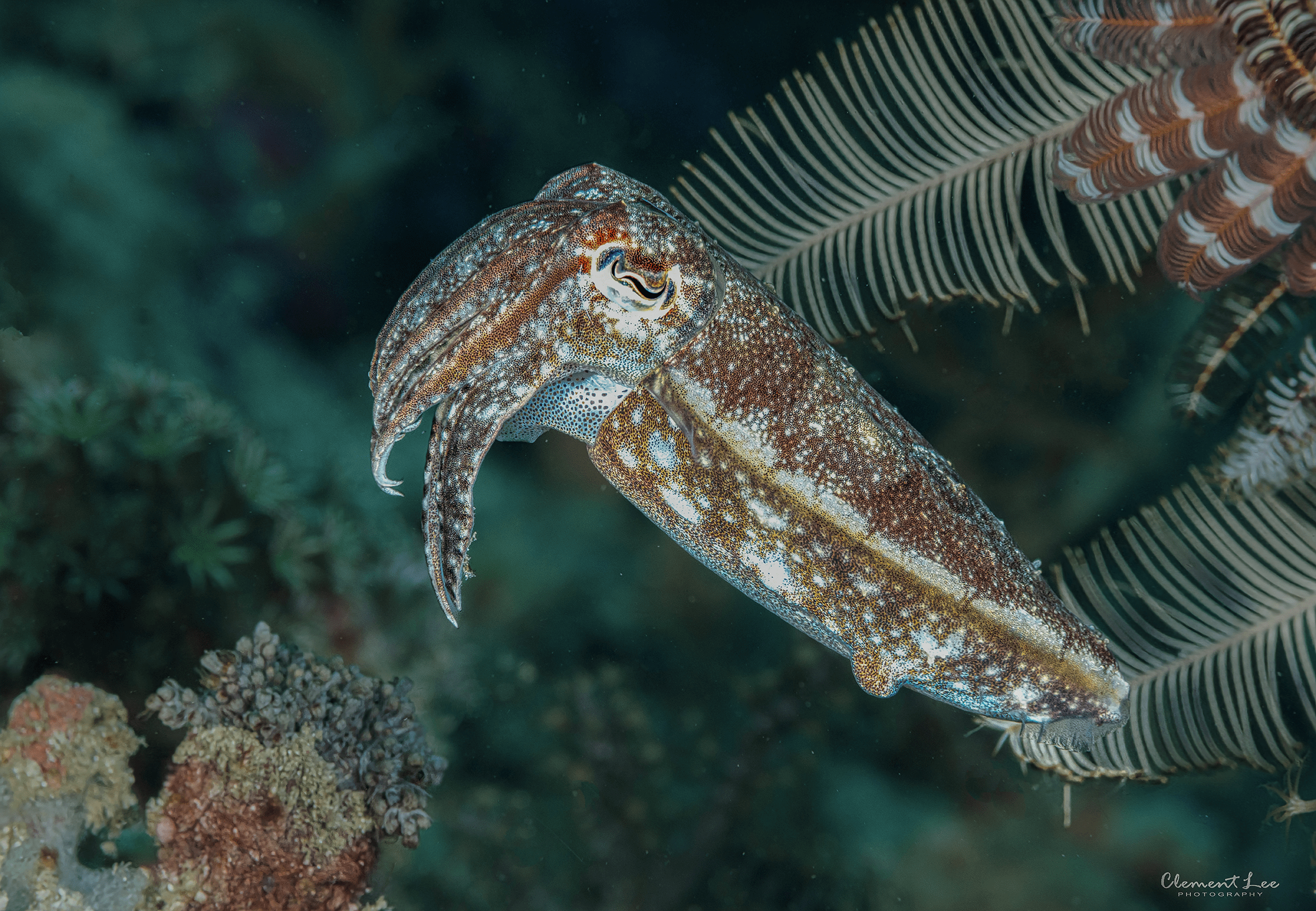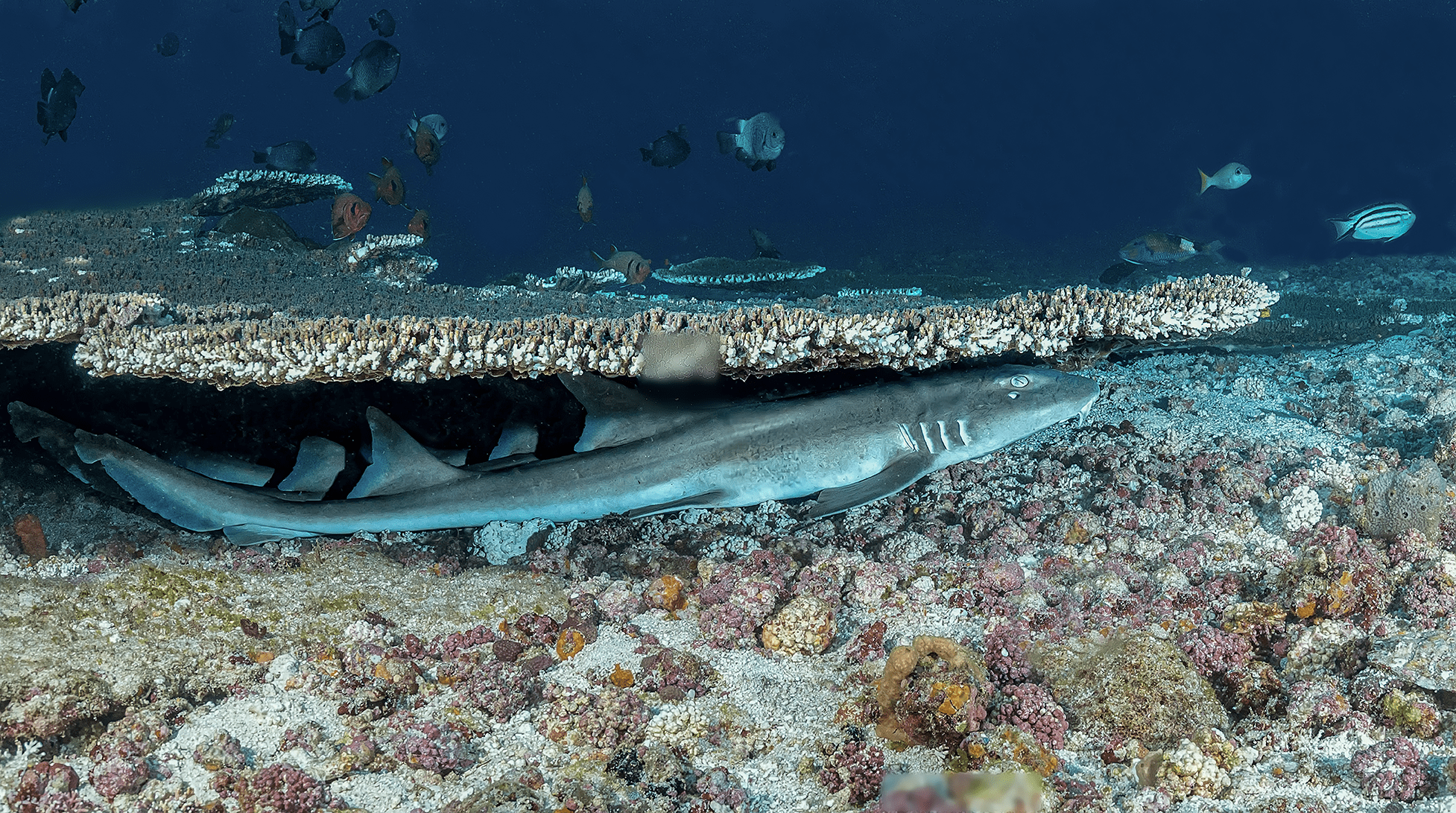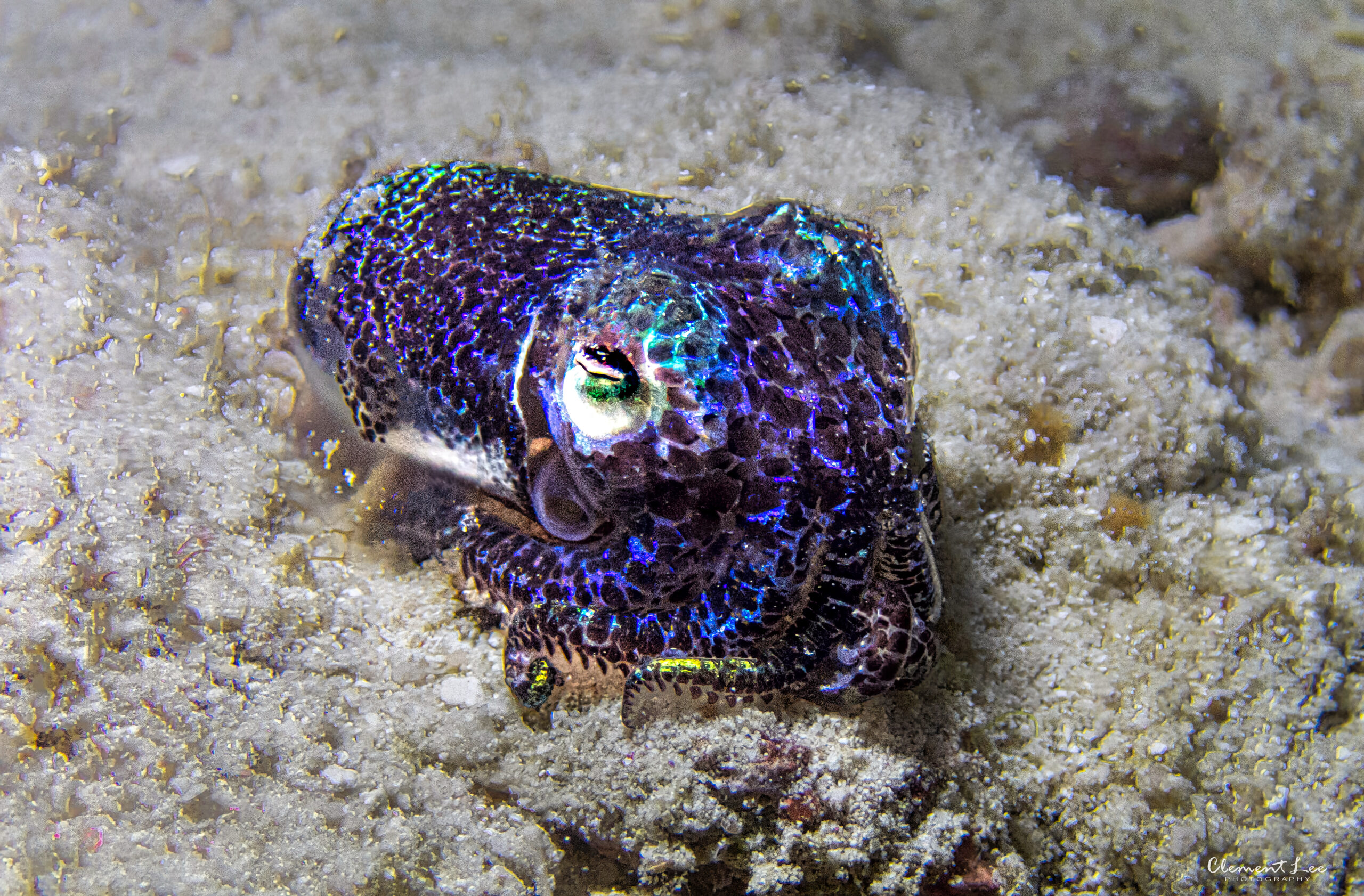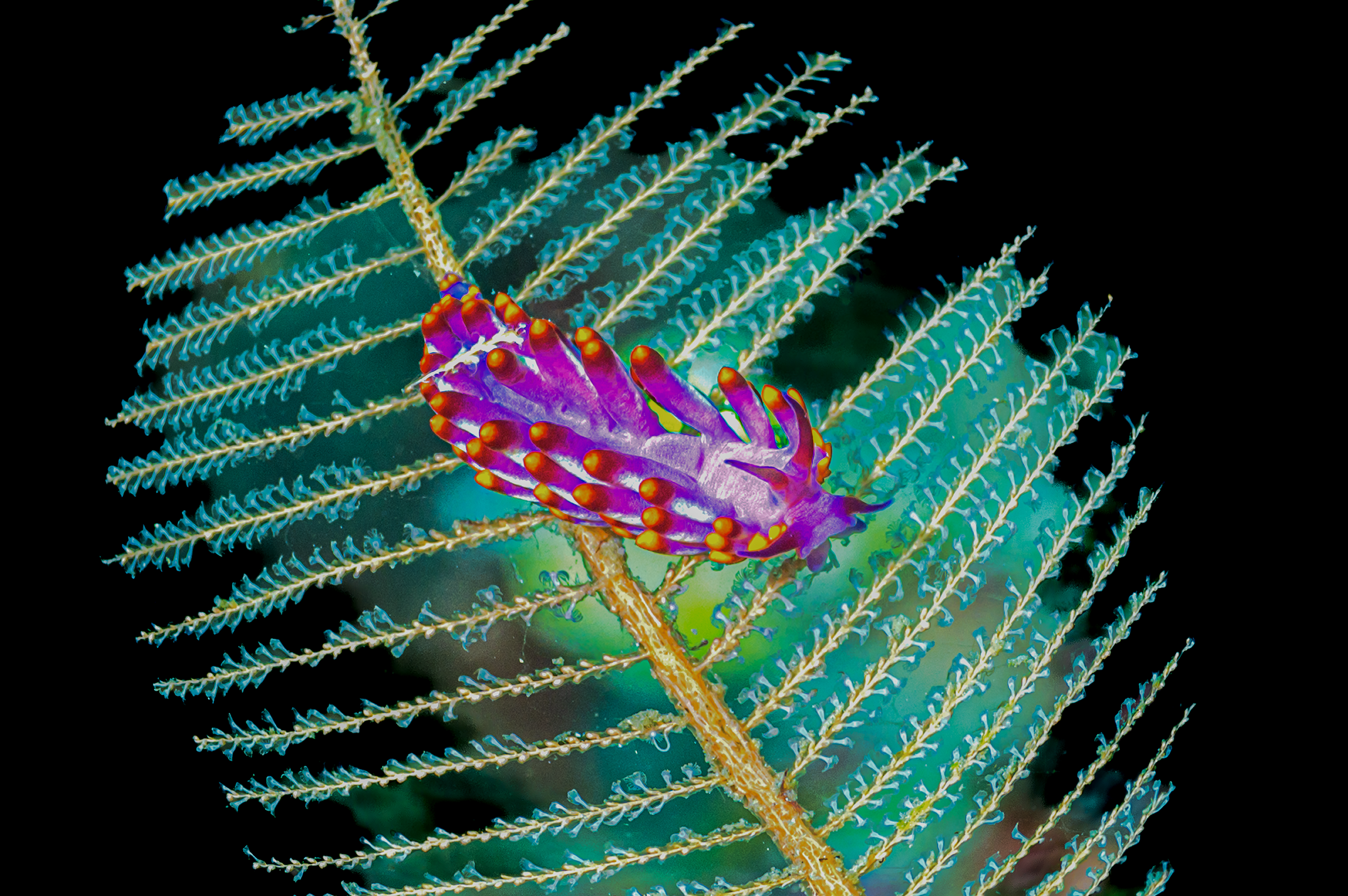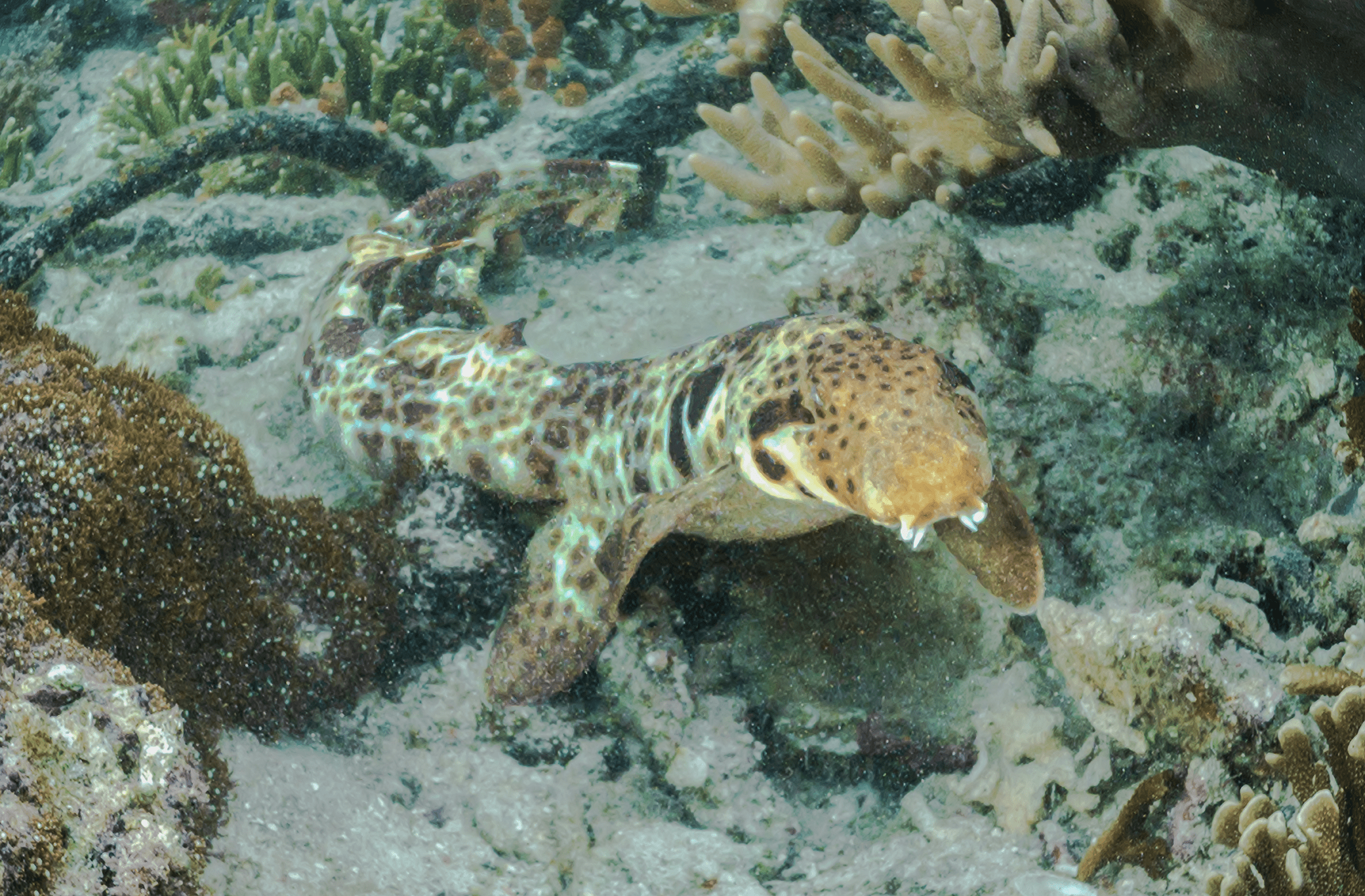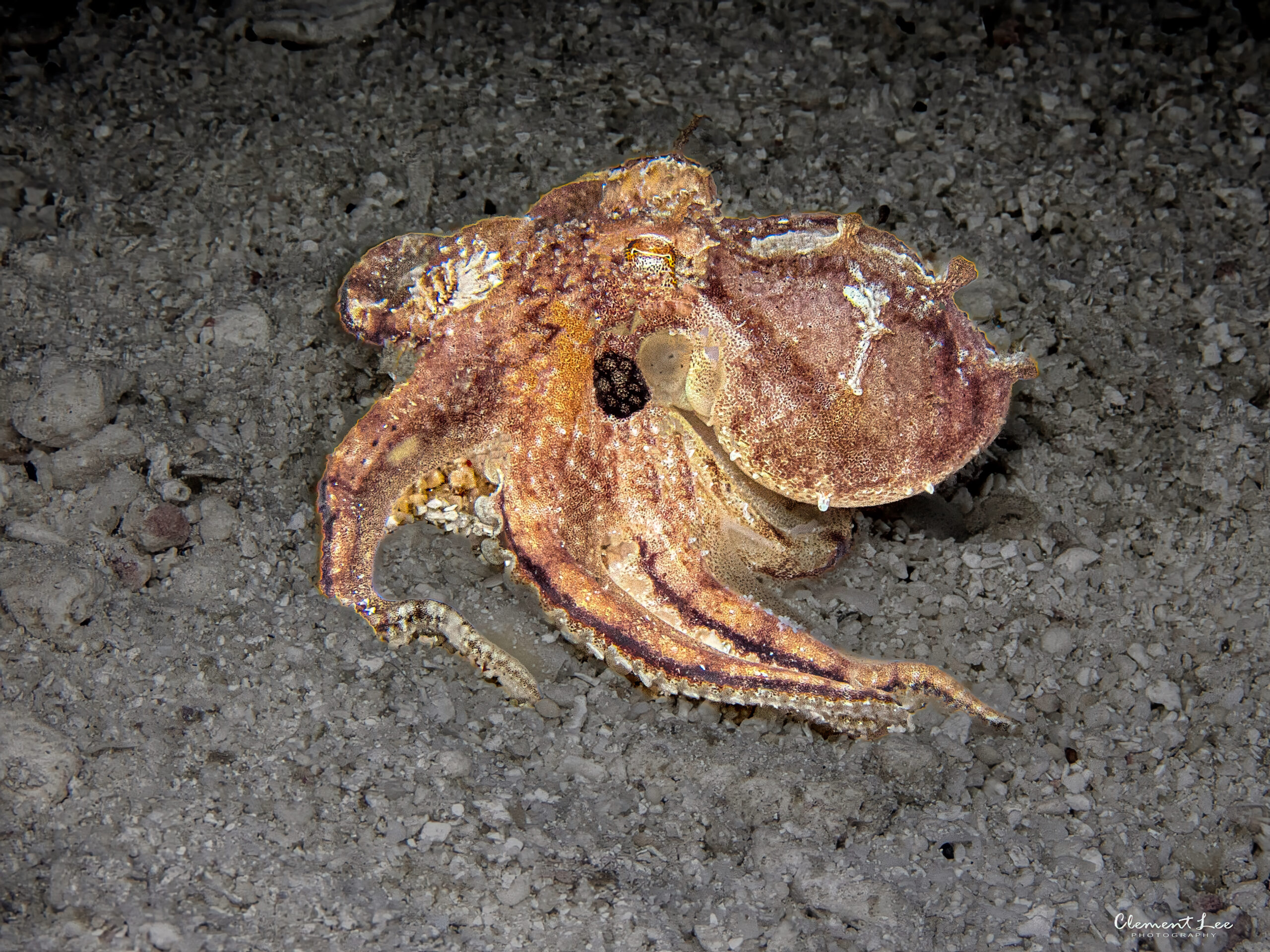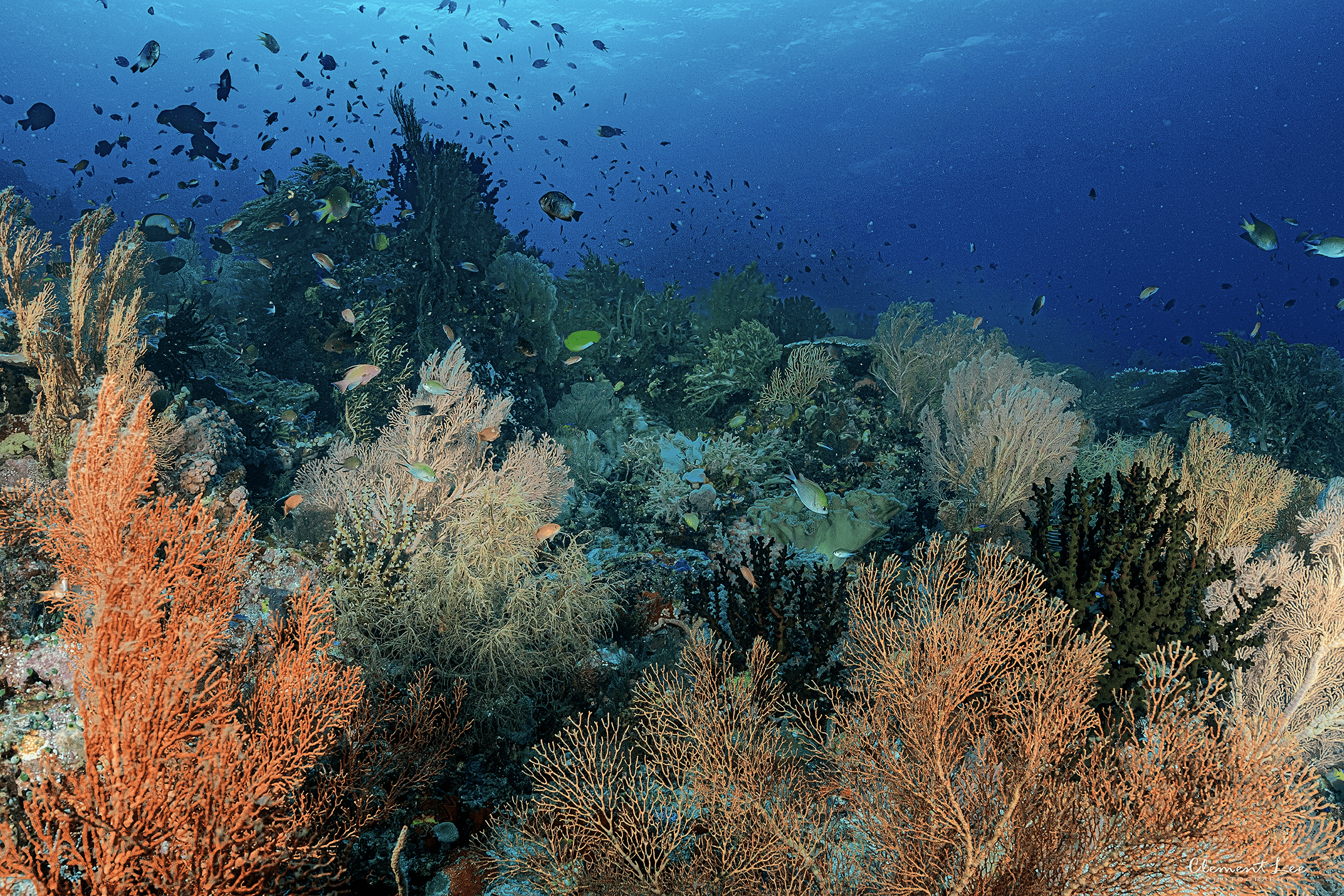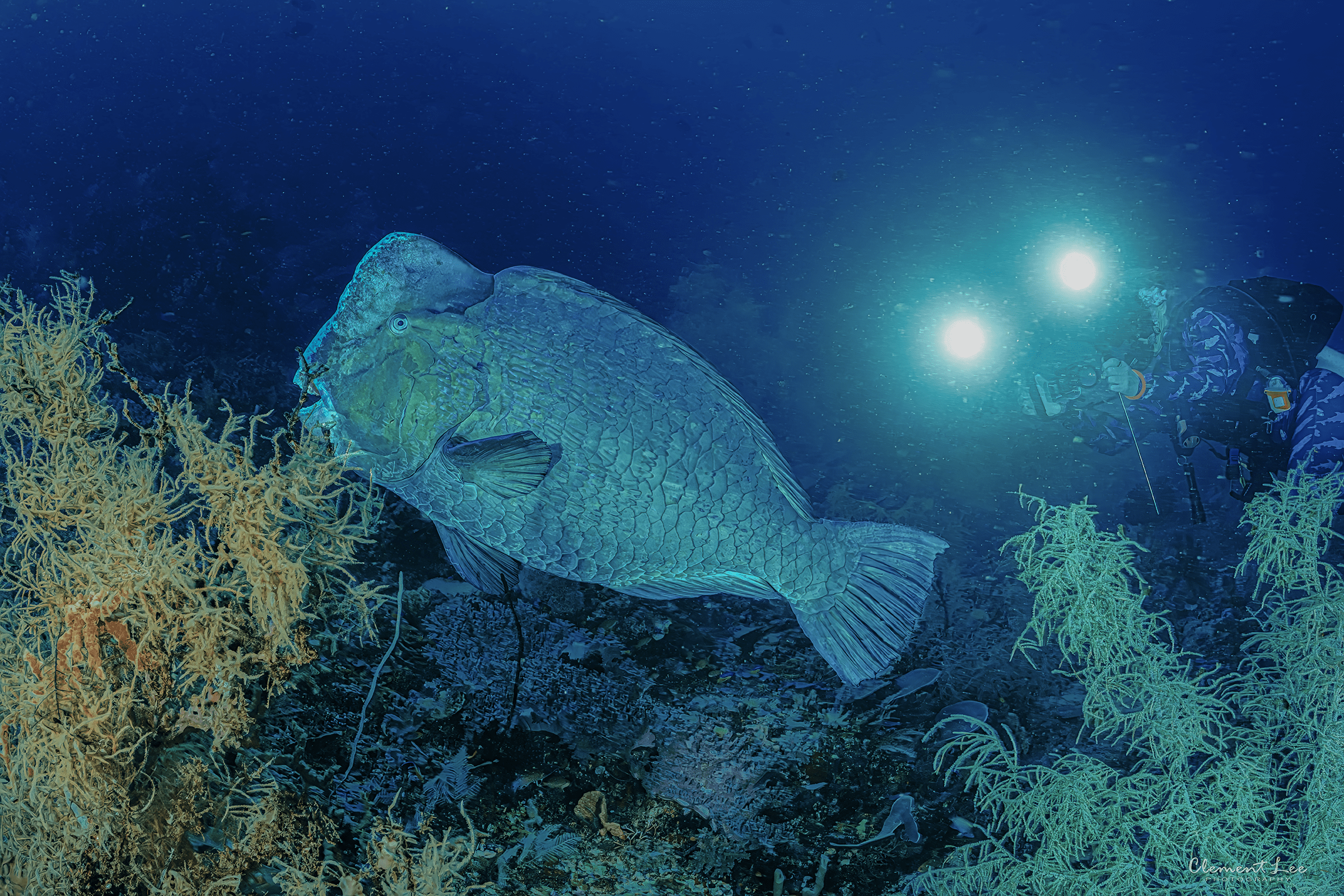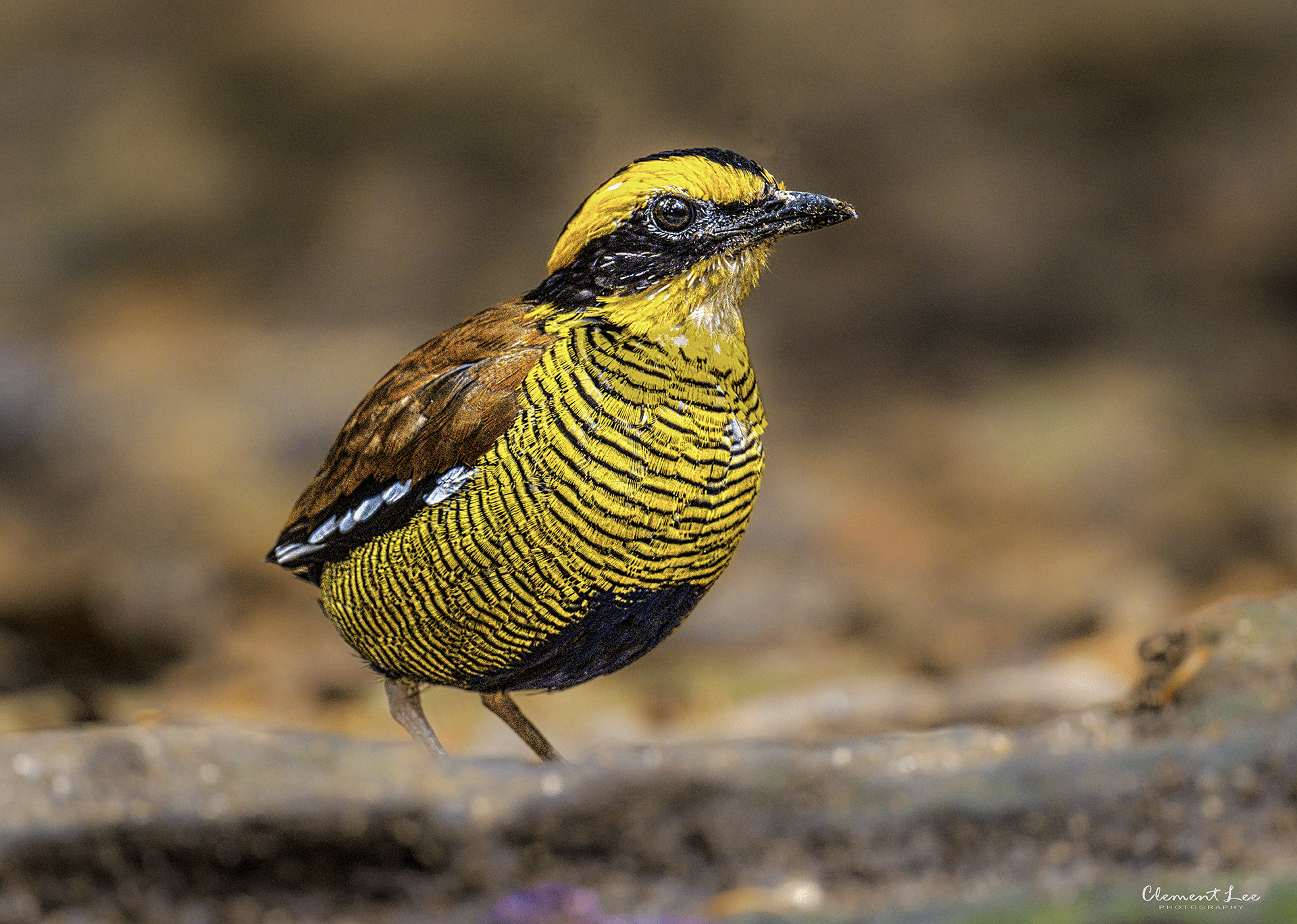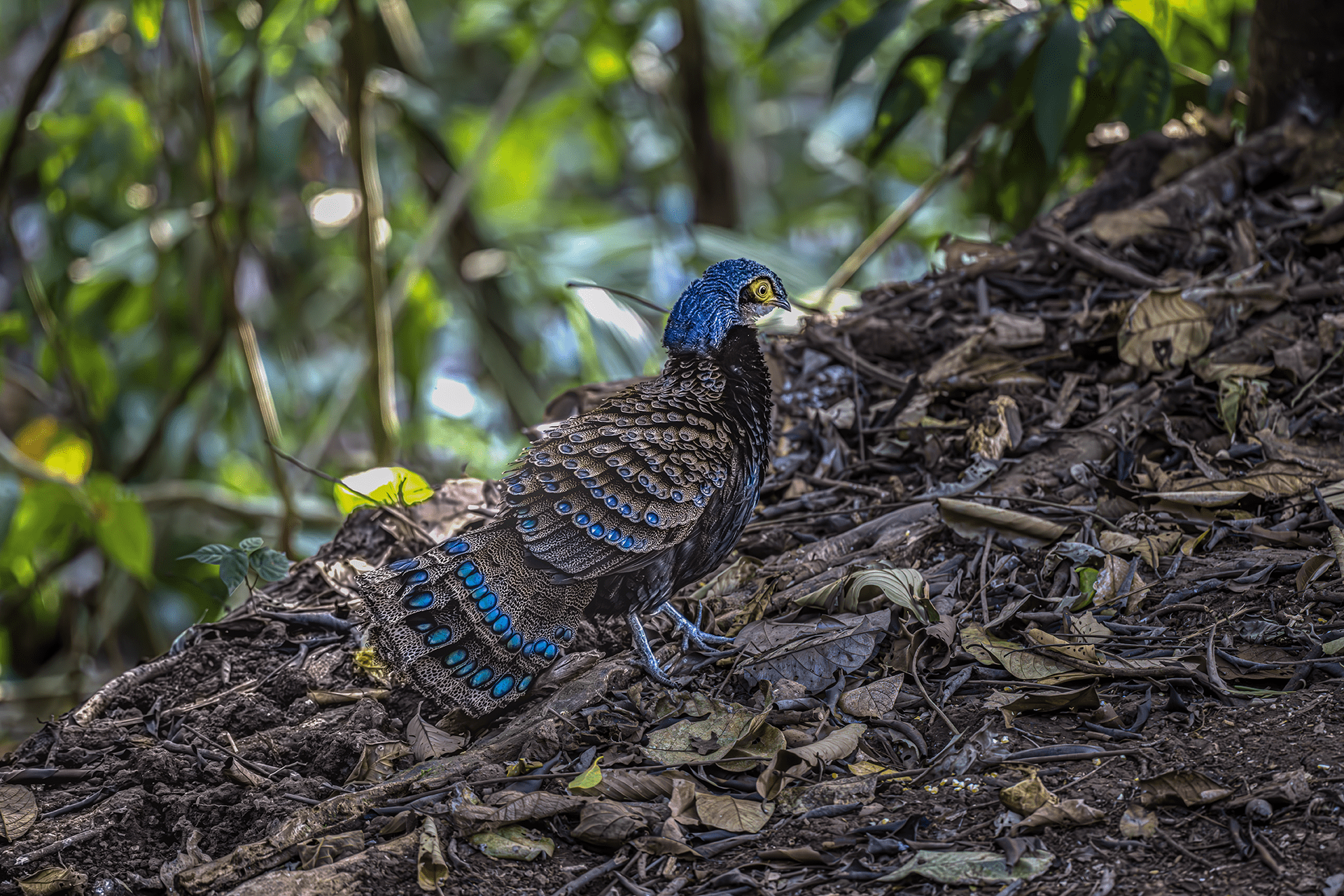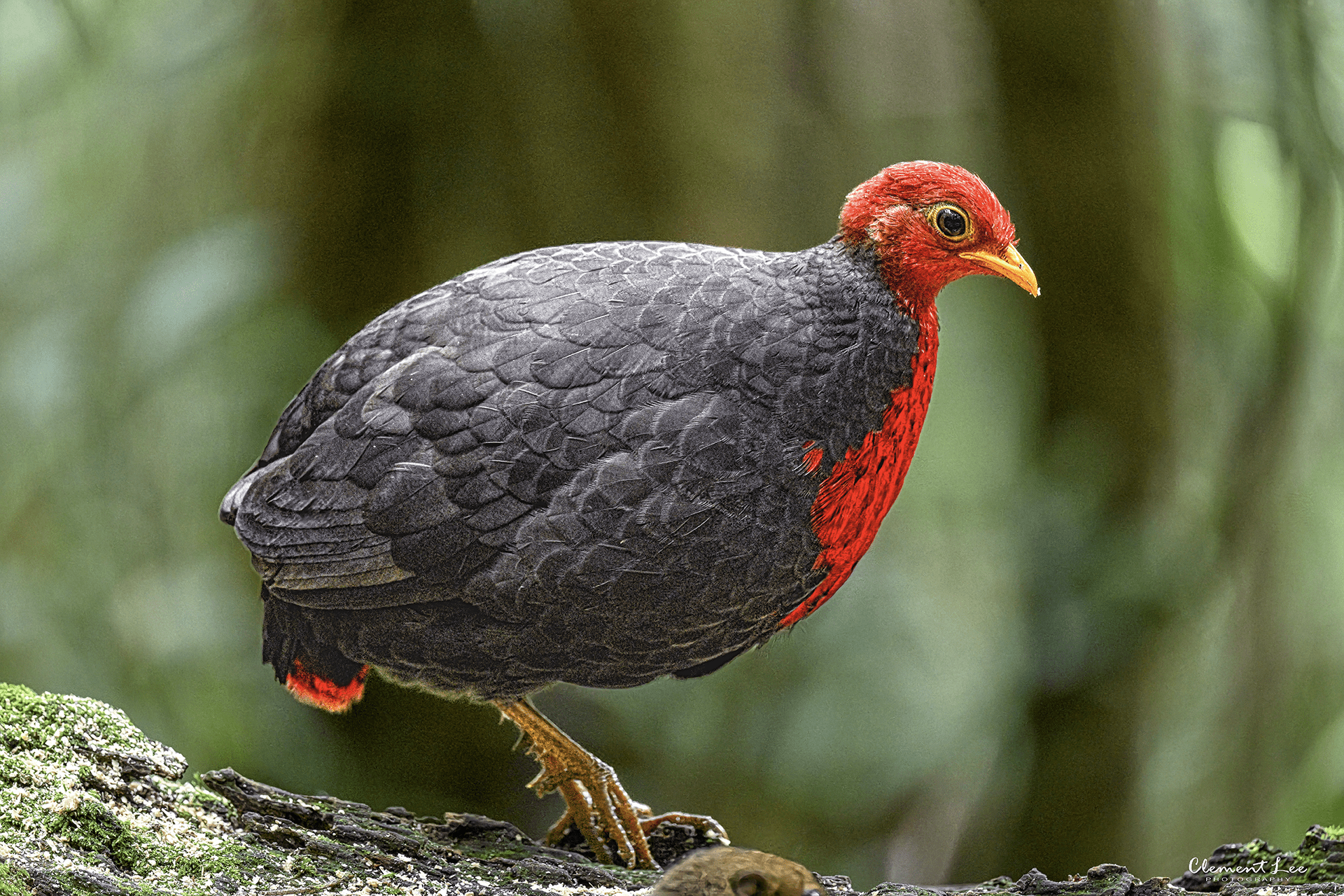Clement Lee: a Profile – “From Ocean Deep to Mountain High”
Nearly 35 years ago we were on our way to Sipadan Island (off Malaysian Borneo) and stopped by the Borneo Divers office to introduce ourselves and speak with Clement Lee, the Managing Director. Borneo Divers began operations on the island in 1984 but in 1990 Sipadan was still just becoming known to the international dive community. We had heard stories about its awesome diving and were there to see it for ourselves. By the time we left Clement’s office, we recognized we were kindred spirits, became instant “kawan kawan” (friends), and have grown closer over the years.
Sipadan rapidly became famous and so did Clement. In 2004 Borneo Divers voluntarily ceased its resort operations on Sipadan but Clement never really left the world of diving. He eventually became Tourism Advisor of Malaysia (2015-2017) and Tourism Ambassador for Diving (2017-2019), actively promoting conservation and environmental initiatives. Now “retired”, Clement is still going strong with grandchildren and a new-found passion for nature photography (and a bit of golf!).
Despite 6,000+ dives in Malaysia, and with nearly that many invitations to dive in Indonesia, Clement finally visited Raja Ampat for the first time in 2018. He recently returned from his forth sojourn. Today we are honored to introduce you to him and his evolution from management to image maker…
Where and when did you start diving?
I was born on Labuan Island, which is south and west of Kota Kinabalu (KK), the capitol of East Malaysia-Sabah. Since I was a young boy I have been fascinated by the ocean. In high school, I watched in amazement as my biology teacher stayed underwater for quite a long time (or so it seemed to me) while using a scuba tank. Though I was very keen to try scuba immediately, my teacher warned me that I must take a course in order to dive safely using scuba equipment.
In the early 80’s, I owned a retail shop, which sold outboard engines and fiberglass boats. In 1982, an American (Randy Davis ) and a Brit (late Ron Holland ) walked onto the shop to enquire about renting snorkeling equipment, but at that time this equipment was not available in KK. I learned that Randy and Ron were commercial divers based in Brunei who had come to KK on leave and wanted to explore the nearby islands and their reefs. We became friends and Randy certified me as an open water diver later that year.
Were you always passionate about diving or did your passion come later?
I have always been passionate about the marine world. Malaysian Borneo is surrounded by many offshore islands and reefs. In my high school biology classes I was very intrigued by the interconnected lives of marine animals, and once I became a diver my passion for the ocean grew and grew.
How did Borneo Divers begin?
Once I knew Ron and Randy, I ventured out with them to some of the offshore islands. We were simply blown away by the marine life we encountered and this led to discussions about founding a scuba diving business. We began in 1983 with Ron, Randy, me, and our fourth partner, Samson Shak. Founding this company was a life changing event for me, and I jumped into the role as Managing Director.
You are a PADI Course Director, correct?
Yes. I used to attend Randy’s open water classes when he was teaching other students and my interest and passion for scuba diving and teaching grew tremendously. I got my Dive Master rating and in 1985 I decided to become an Instructor. So I went to the PADI College in Sydney, Australia to become certified.
Six years later in 1991 I went PADI America and enrolled in the PADI Course Director curriculum. I became one of the first two Malaysian PADI Course Directors, along with another Malaysian who had also joined me at the PADI college.
This was when I became actively involved in promoting conservation and environmental initiatives including PADI’s Project AWARE. Over the years I have been honored as the recipient of numerous PADI awards, including the PADI Certificate of Recognition for Excellence Award USA, and a number of PADI Instructor Development Awards that recognize my contributions to the PADI Course Director Training Course (CDTC) in Kota Kinabalu, Malaysia (2002, 2005, 2006 and 2007), as well as awards for Excellence in Dive Resort Operation, Outstanding Contribution to the Diving Industry and Outstanding Customer Service and Professionalism in PADI Scuba Instruction.
Why and when did Borneo Divers abandon their operations on Sipadan?
When I first dove in Sipadan it was the most amazing experience I had ever had underwater. And it remained like that for two decades. But as more operators came to island, the environmental impact was obvious and it was taking a severe toll on Sipadan’s fragile reefs and topside environment.
I realized something had to be done, and in 2004 I, along with my partners, made the biggest decision of our career: We decide to vacate the island voluntarily (without one cent of compensation). It was a very HUGE sacrifice, but I feel proud about it today. Our loss has been Sipadan’s gain. Today, after after 40+ years, I am still able to dive around Sipadan and see its fragile reefs thriving with marine life. Sipadan has become a role model for how conservation can reshape an island environment.
Now let’s talk a bit about Indonesia. When did you first learn about diving around Indonesia’s Bird’s Head seascape?
I travelled around the world as a tourism ambassador for Maylaysian diving in the early part of the 2000’s. I gave a lot of talks at all of the international shows such as DEMA, ADEX, etc. I always spoke with my colleagues (including yourselves) at these shows, and it was about this time that Raja Ampat was becoming the new hot spot in the diving world. I kept hearing about the area’s extensive coral reefs and its tremendous diversity of species, especially fish, and I knew I had to see it for myself.
When did you first dive in Raja Ampat? How many times have you dived there?
In 2018, I stayed at a land-based resort in northern Raja Ampat. I was totally astonished at what a diver could see just beyond the shore; it was so much like Sipadan in the early days! I went back twice more and stayed on land. Back home, I kept thinking about everything I had seen in Raja Amapt: schools and schools of all types or fish, manta rays, sharks, especially wobbegongs, so much soft coral and hundreds of meters of healthy hard coral colonies that hid small creatures. I went back in August/September of 2024 and dived from a liveaboard so I could get a larger view of Raja. This trip did not disappoint! Manta ray feeding stations, shallow reefs, deep reefs, classic walls and patch reefs teeming with fish, not to mention all the wonderful macro life.
In many ways the BHS is extremely lucky to exist in the modern age of marine conservation, where both people and nature are considered in the overall protection plan. This is something we lacked in Sipadan. I can only hope that tourism operators, the local and national government, and all stakeholders in Raja Ampat and the greater Bird’s Head Seascape carefully weigh economic conciderations with environmental concerns so that this place inspires awe for generations to come.
So tell us about your evolution from entrepreneur to image maker.
Over the years diving has had a tremendous effect on my life. It has made me more conscious about my surroundings and the environment. It opened my eyes and made me much more alert, it changed the way I think. I now look at myself as being a part of Nature. I feel best when I’m close to nature and believe I have to share my experiences with the world. That is when I began photographing the marine world, which was long ago back in the film days with the Nikonos system. I can’t remember how many cameras I flooded, but I learned to smile about it and even got a t-shirt saying, “Flooded Nikonos Club”!
You have more recently taken up bird photography. Tell us about that.
I began to see that diving and photographing underwater were only a part of the something much larger, only a part of the story I want to tell. I became interested in all of Nature. Sabah is a wonderland of natural beauty, from the tallest mountain in Borneo (Mount Kinabalu) to its coral reefs. I wanted to share the full depth of Sabah’s biodiversity. I have long felt that birds and fish have much in common. There are behavioral similarities, like schooling (fish) and flocking (birds), the males have a tendency to be more colorful, etc. And Sabah contains over 600 species of birds. So it was just a matter of time.
When COVID hit I was no longer able to dive. We basically couldn’t leave the house, so I began to focus on photographing birds in my backyard in order to stay connected with nature. A year or so prior to COVID I had accompanied some colleagues to Kinabatangan Wildlife Sanctuary, which supports a remarkable diversity of wildlife; including proboscis monkeys, orangutans, Bornean pygmy elephants, plus a myriad of birds. My friends all had powerful zoom lenses and I was so jealous of the images they captured. So I ordered a Tamron 200-600mm lens. The lens arrived in early March 2020, coinciding with the COVID shutdown, and my backyard bird photography became a lifesaver. Now I’m an avid birder and am dedicated to sharing a complete picture of Nature, from the ocean’s depths to the mountain’s peaks.
Clement’s Raja images from his recent liveaboard trip:
And a few spectacular bird images from Sabah, Malaysia
Note: Clement is in the process of completing a book about Sabah’s natural wonders. Although not complete it’s working title is “Sabah: From Ocean Deep to Mountain High”. You can find more of Clement’s images on Facebook and Instagram.





